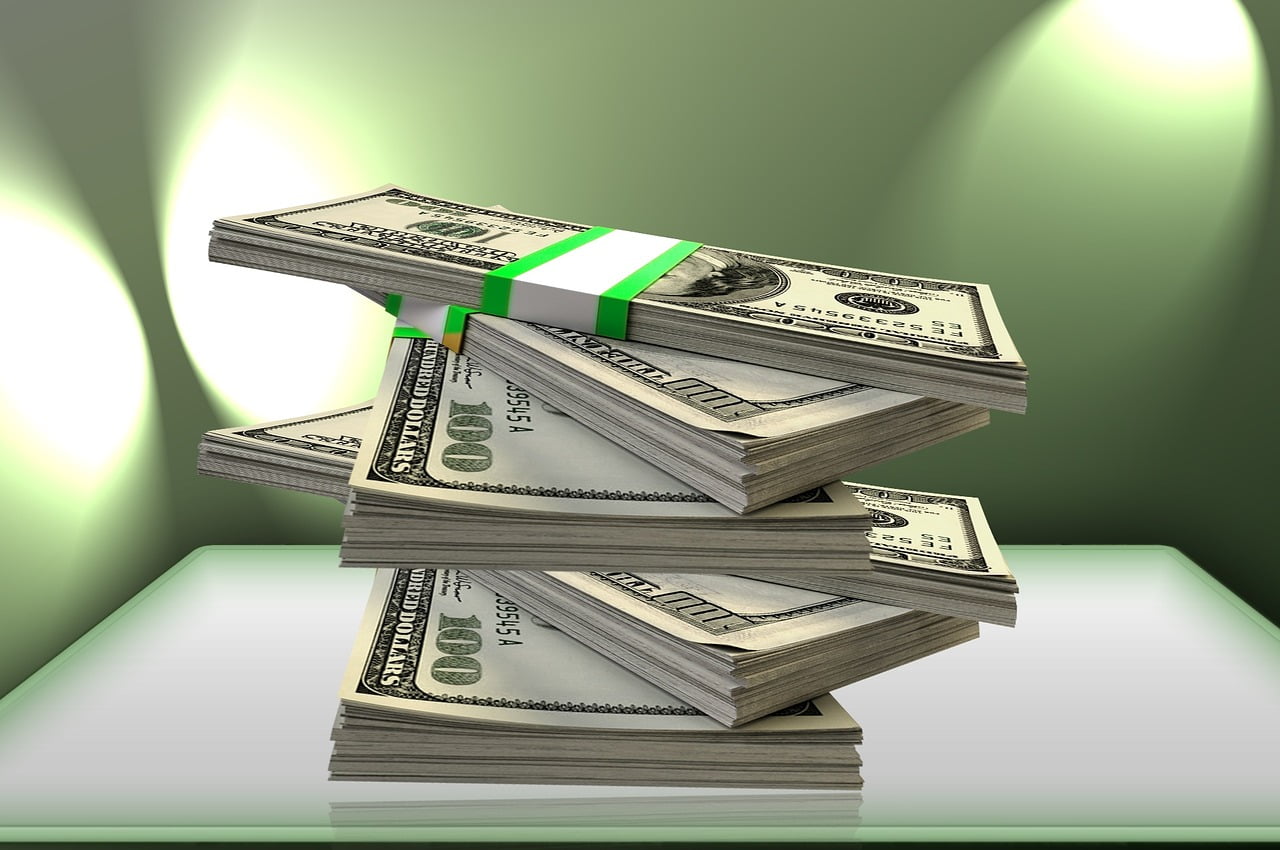I wrote last week about some comments made by Ben Inker, the head of asset allocation at GMO, in a recent interview. In another section of the interview, he spoke about how bad things could get in a price crash. He referred to losses of “30 or 40 or 50 percent.”
Q4 2020 hedge fund letters, conferences and more
Losses From Price Drops
Those sorts of losses would be very bad. I get it. But I can’t help but note that, in a worst-case-but-not-entirely-unreasonable scenario, the losses experienced could be a lot worse than that. Today’s CAPE level is 36. The mean CAPE level is 16. Just a return to the average price level would require a price drop of more than 50 percent.
And, if the next price crash only brought prices down to fair-value levels, that would be the first time that that is what happened at the end of a long bull market. At the end of other long bull markets, the irrational exuberance that fueled them was replaced with an irrational depression that brought the CAPE level down to 8, half of the fair-value price level. That would be a price drop of more than 75 percent from today’s price level.
Yes, I am great fun at parties!
But here’s the thing. Intelligent stock investing is all about risk analysis. Stocks are a high-return asset class. If there were no risk, we would all invest all of our money in stocks all the time. It’s the desire to avoid unacceptable risks that keeps us from doing that. So it seems to me that we should all want to gain an accurate take on the sort of risk that we are taking on when we invest in stocks. The level of risk associated with stock investing is very high today. Shouldn’t we acknowledge that? Shouldn’t we quantify the problem by pointing out that a 75 percent price drop is not out of the question?
This understating of the risk associated with stock investing is a pet peeve of mine. My view is that it is the sole negative associated with this otherwise amazing asset class. People who talk about stocks pick up quickly that most investors don’t want to hear risk talked about in a blunt way. In the interest of being liked, they suppress the expression of such unwanted thoughts. The result is that the majority of stock investors take on more risk than they would if they were better informed. Which means that, when prices fall, they fall very hard. Risk that is denied is risk that accumulates until it grows so large that its evidencing of itself is a truly horrifying event.
Price Crashes Are Inevitable
I read an article the other day that argued that investors should not engage in market timing because, while price crashes are inevitable, no investor can know when they will occur. Wait a minute. Are price crashes really inevitable? I sure don’t think so. I understand why many people think that. Price crashes have been part of the stock investing experience for as long as there has been a stock market. But, for most of that time, we did not have Shiller’s Nobel-prize-winning research on irrational exuberance available to us. Now we do. That changes everything, at least theoretically.
We now know that irrational exuberance is a thing. It’s obviously a bad thing, not a good thing. So why not do what we can to combat it? There’s only one way to combat irrational exuberance -- market timing. If we all lowered our stock allocations when prices got too high, prices could not remain too high for long. The lessened demand for stocks would bring prices back to reasonable levels. The risk problem is solved!
We may see a price crash of 75 percent sometime over the next year or two or three. I hope not. A price drop of that severity would bring on an ocean of human misery. Investors are consumers. Seeing their portfolio values drop by that much would cause them to cut back on spending. That would cause businesses to go under. Which would in turn cause millions of workers to lose their jobs. I hate the thought of seeing any of that happen. So I hope that we only see a price drop of 30 percent or 40 percent or 50 percent.
That’s why I mention the possibility of a 75 percent price crash every chance I get.
Investments In Alternative Asset Classes
It’s by making people aware of that possibility that we make it less likely that that horrible scenario will play out. Low-risk asset classes are offering very low returns today. Even people who are scared of stocks when prices are this high feel pressured to invest in them given the returns being offered in alternative asset classes. If we want those people to listen to their (entirely reasonable, in my assessment) fears, we need to state things clearly and bluntly.
It doesn’t hurt to note that a 75 percent price drop need not take place all at once. It could be that we will see a 25 percent price crash in one year, and then two years later, when people are gaining confidence that the worst is behind us, we could see another 25 percent drop. Then, two years later, we could see the final 25 percent drop. Again, I take no joy in offering these horrifying scenarios. My aim is to avoid the horrifying scenarios. It is by becoming aware of them that we avoid them.
Rob’s bio is here.













